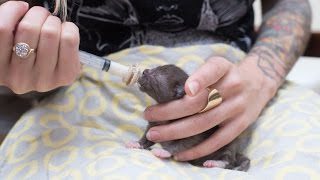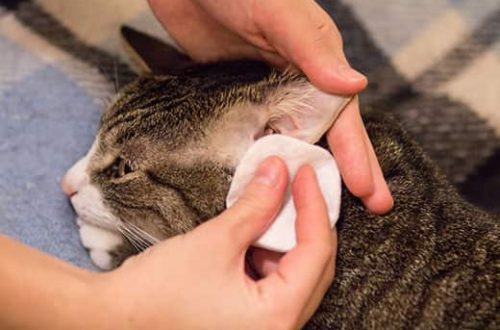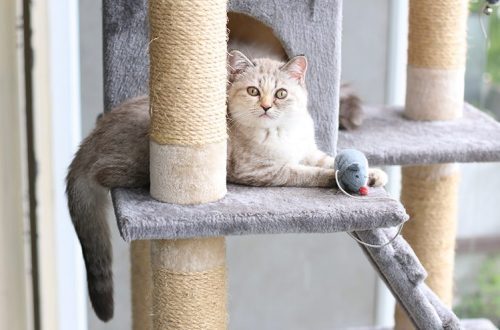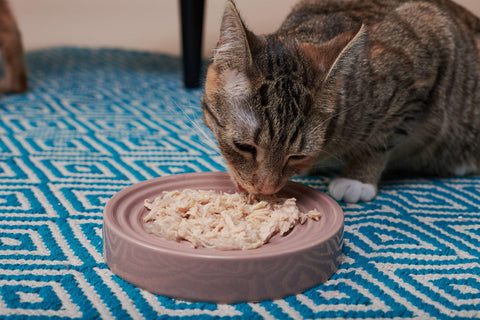
Grain-Free Cat Food: What You Need to Know
Today, pet owners are more than ever reading labels and looking for foods that are “free” of anything – gluten, fat or sugar, for example. Sophisticated owners are now extremely selective in choosing food for their favorite four-legged family members. After all, you want your furry friend’s diet to ensure a healthy and happy life for years to come.
Interest in the composition of pet food has led to the emergence in recent years of various options for grain-free cat food. But is grain-free food the right choice for your pet? Many cat owners who prefer grain-free food for their pets believe that grains have no nutritional value or can cause allergies in their pets. But are such notions correct? Below are answers to the most frequently asked questions about grain-free cat food and whether a similar diet might be considered for them..
Contents
What is Grain Free Cat Food?
Grain-free cat food is exactly what its name suggests: grain-free cat food. Grains used in cat food typically include wheat, corn gluten meal, and rice.
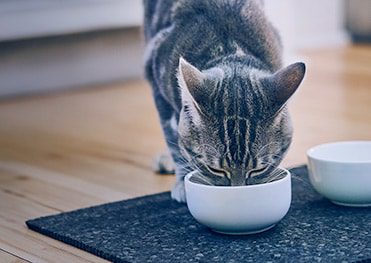
Most cats do not require grain-free food. But some of them really need it, for example, those who have been diagnosed by a veterinarian as an allergy to cereals. However, this diagnosis is rare in cats. In a study published in the journal VeterinaryDermatology, corn was named one of the least common sources of food allergies in pets. Of the 56 cats in the Food Allergy Study, only four were allergic to corn. At the same time, 45 cats suffered from allergies caused by the presence of beef, dairy products and / or fish in their diet. How do you know if a cat has a food allergy? PetMD highlights the following food allergy symptoms:
- Itching.
- Excessive washing.
- Excessive hair loss.
- Bald patches.
- Inflammation on the skin.
- Sores and scabs.
- “Hot Spots”
You can narrow down the list of possible causes of your cat’s allergies by asking your veterinarian to perform an exclusion test, which is the gold standard for diagnosing food allergies. This method will help to identify the causes of discomfort that your cat is experiencing. If questions arise, the primary source of information for diagnosing any allergies should be a veterinarian.
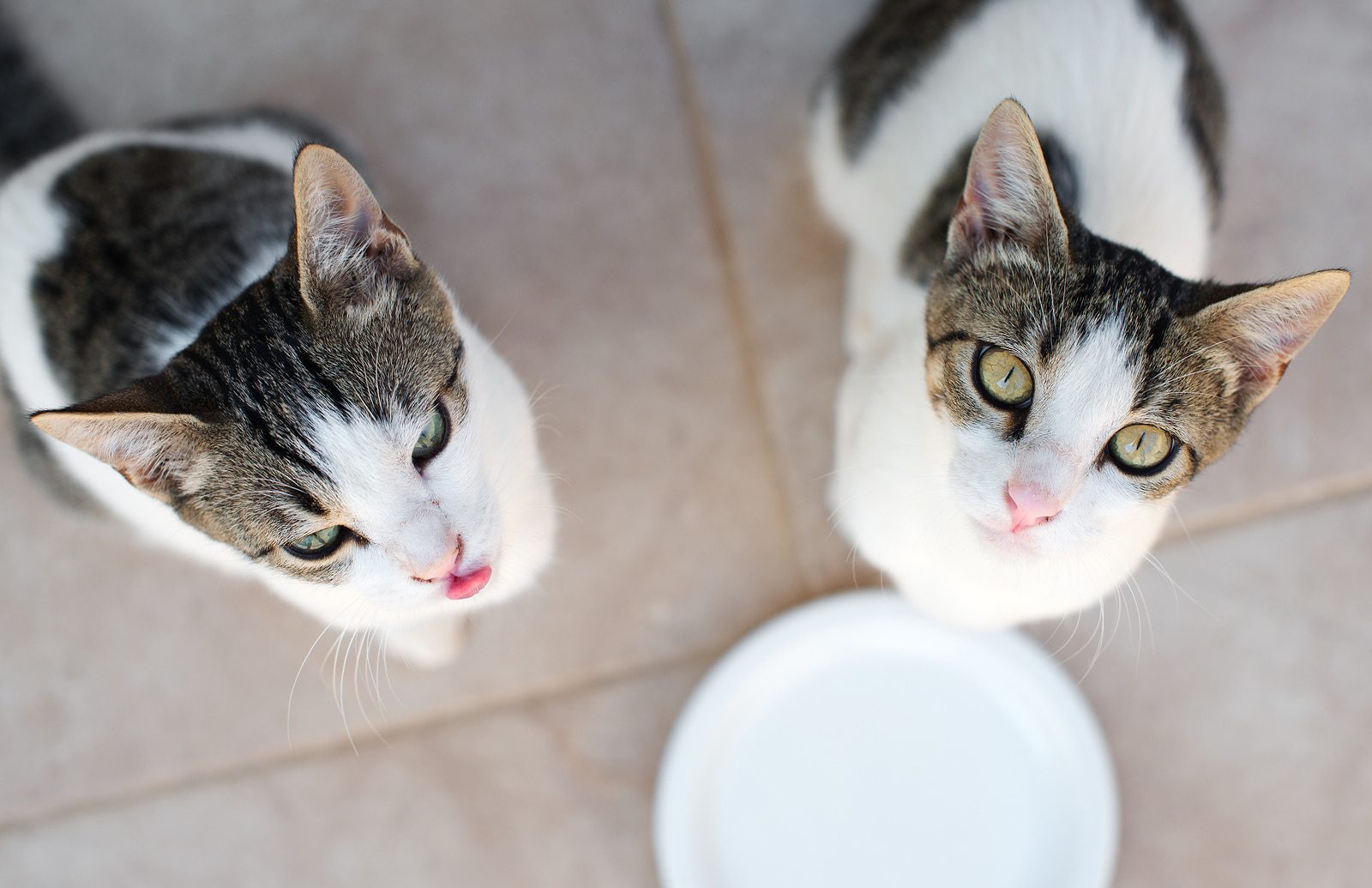
Are grain-free and gluten-free the same thing?
About 1% of the world’s population suffers from celiac disease, a disease condition that can be controlled by following a gluten-free diet. But the good news is that there is no scientific evidence to support these conditions in cats, according to PetMD. So when it comes to cat nutrition, it’s important to understand that grain-free doesn’t mean gluten-free. Ingredients such as potatoes, apples, and peas are often used to replace grains in grain-free cat foods. In fact, some grain-free pet foods contain as much, and sometimes more, carbohydrates as foods containing grains. These carbohydrates help provide your pet with a complete and balanced diet, which is the key to good health.
Can cats digest grains?
Another common misconception about grain-free cat foods is that they are high in protein. Protein is especially important in cat food because it is the main source of energy. Many people, namely 57% of cat owners, according to a PetMD study, do not understand that although cats do need some of the protein they consume from animal sources, their digestive systems are also perfectly tuned to absorb high-quality plant-based ingredients.
In fact, foods that use only meat as a protein source can contain large amounts of phosphorus. Although it is an essential nutrient, there is a link between foods high in phosphorus and the progression of kidney disease in cats and dogs. Vegetables and grains are low phosphorus sources of many of the amino acids that cats need and provide them with the protein they need to be healthy..
How to choose the right grain-free cat food
How do you know if the food you buy for your cat is high quality? One way to determine if a manufacturer is meeting high nutritional standards is to verify that it meets the guidelines of the American Association of Governmental Feed Inspection Officials (AAFCO), which sets the standards for pet food production in the United States. Or FEDIAF for food produced in Europe. For food to be marketed as “complete and balanced”, it must meet the nutritional standards set by AAFCO and FEDIAF. All Hill’s foods meet or exceed these criteria.
Hill’s offers several types of food, each providing the exact balance of nutrients your cat needs to maintain optimal health. Chicken or fish are listed as the first ingredients in the grain-free options available in Science Plan’s cat food lines.
When choosing a grain-free cat food, it is important to remember that just like humans, different animals can have different nutrient requirements. This means there is no one size fits all cat food, which is why Hill’s offers a wide range of products to meet all nutritional needs.
The ingredients in Hill’s Grain-Free ranges promote a healthy immune system and good eyesight, and contain the nutrients needed for healthy, glowing skin and coats in cats. At the same time, prebiotics promote nutrient absorption and healthy digestion. Like all Hill’s products, Grain Free Cat Foods have been developed by a team of veterinarians and nutritionists. Their job is to create products that will help your pet live a long, healthy and fulfilling life.
Explore the different options that are right for your cat and choose a high quality food that will meet all the nutritional standards she needs (and she will really love!).



